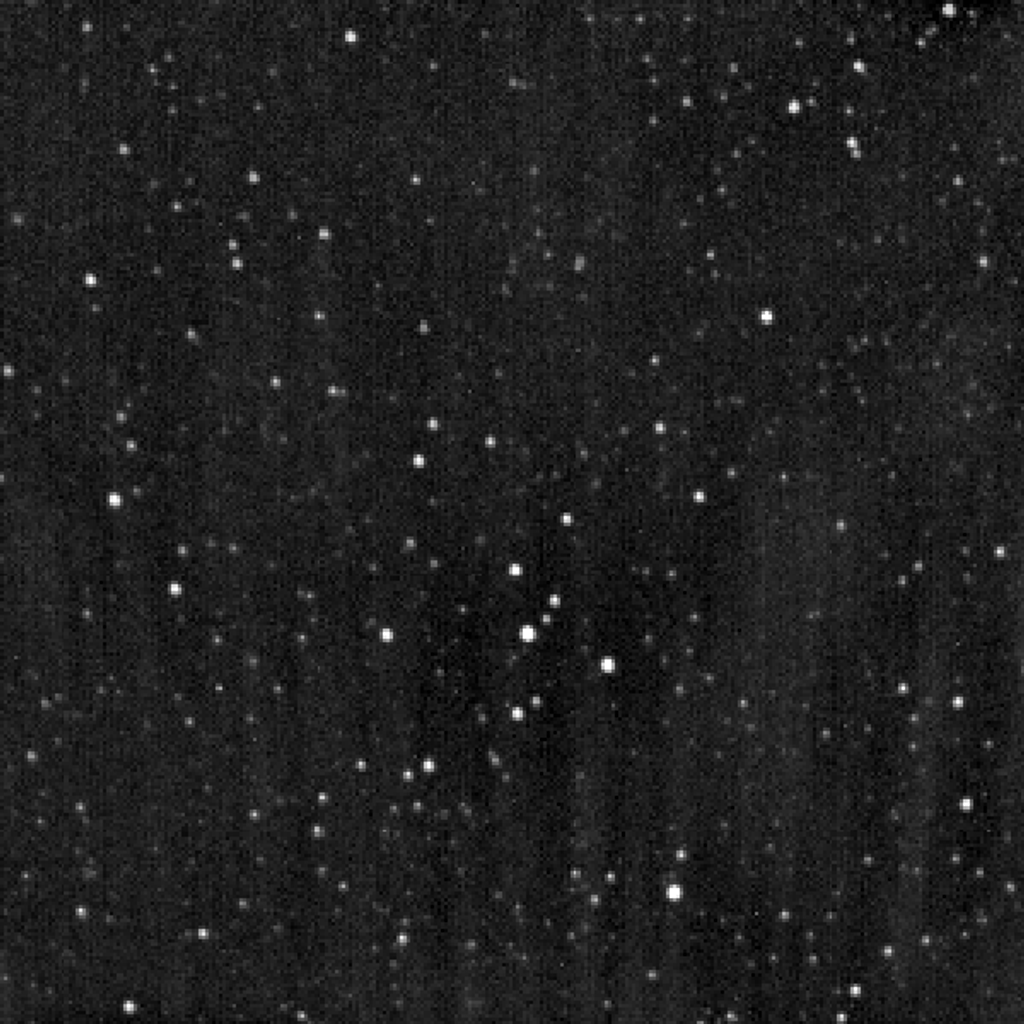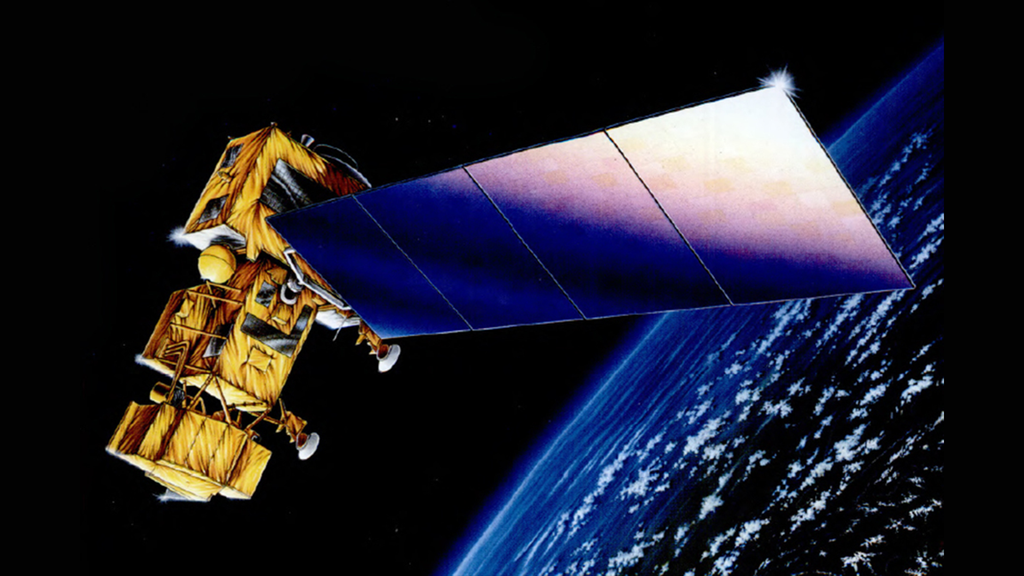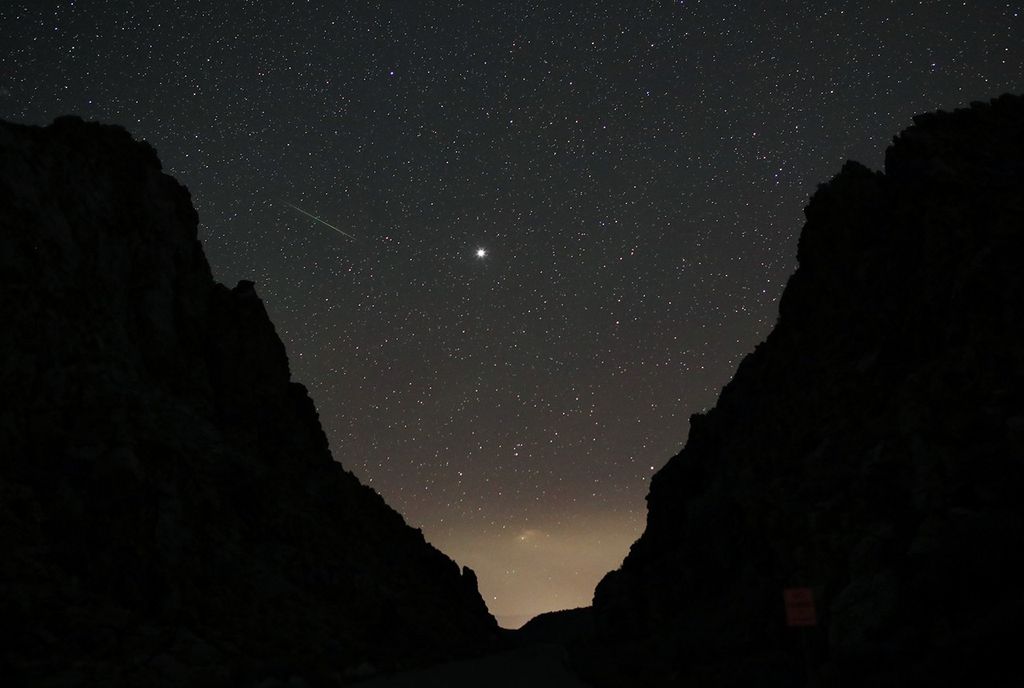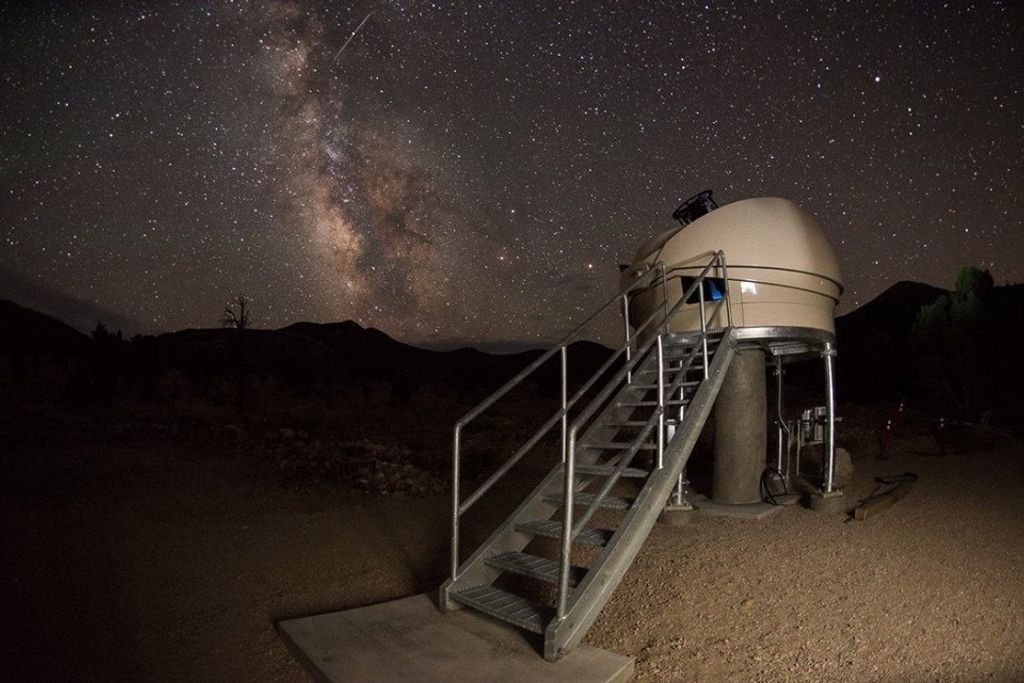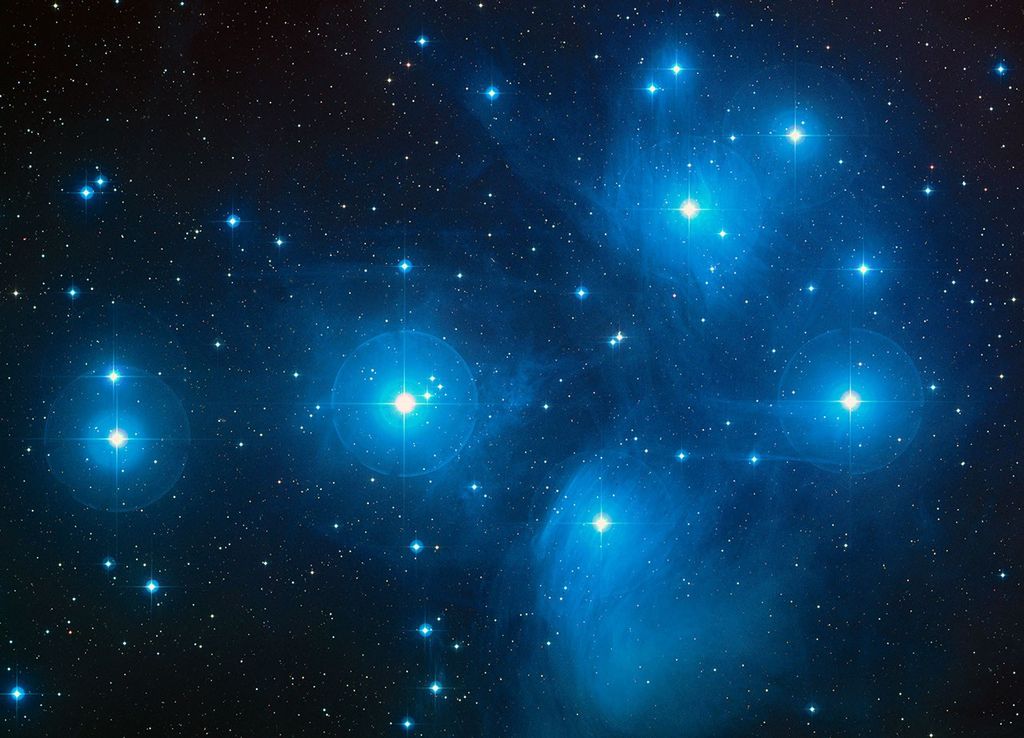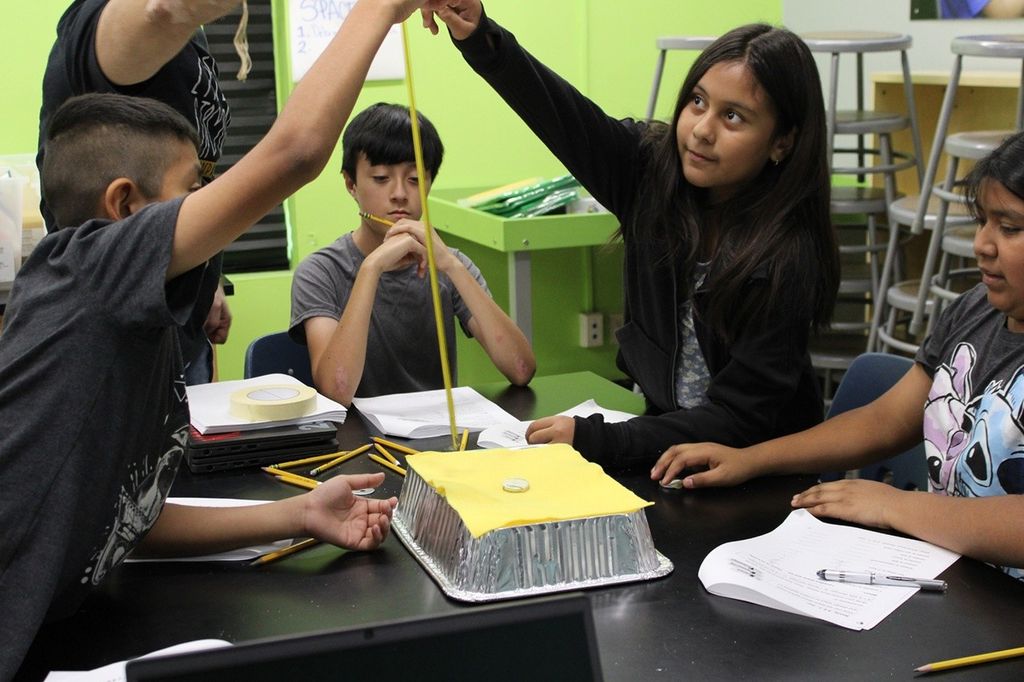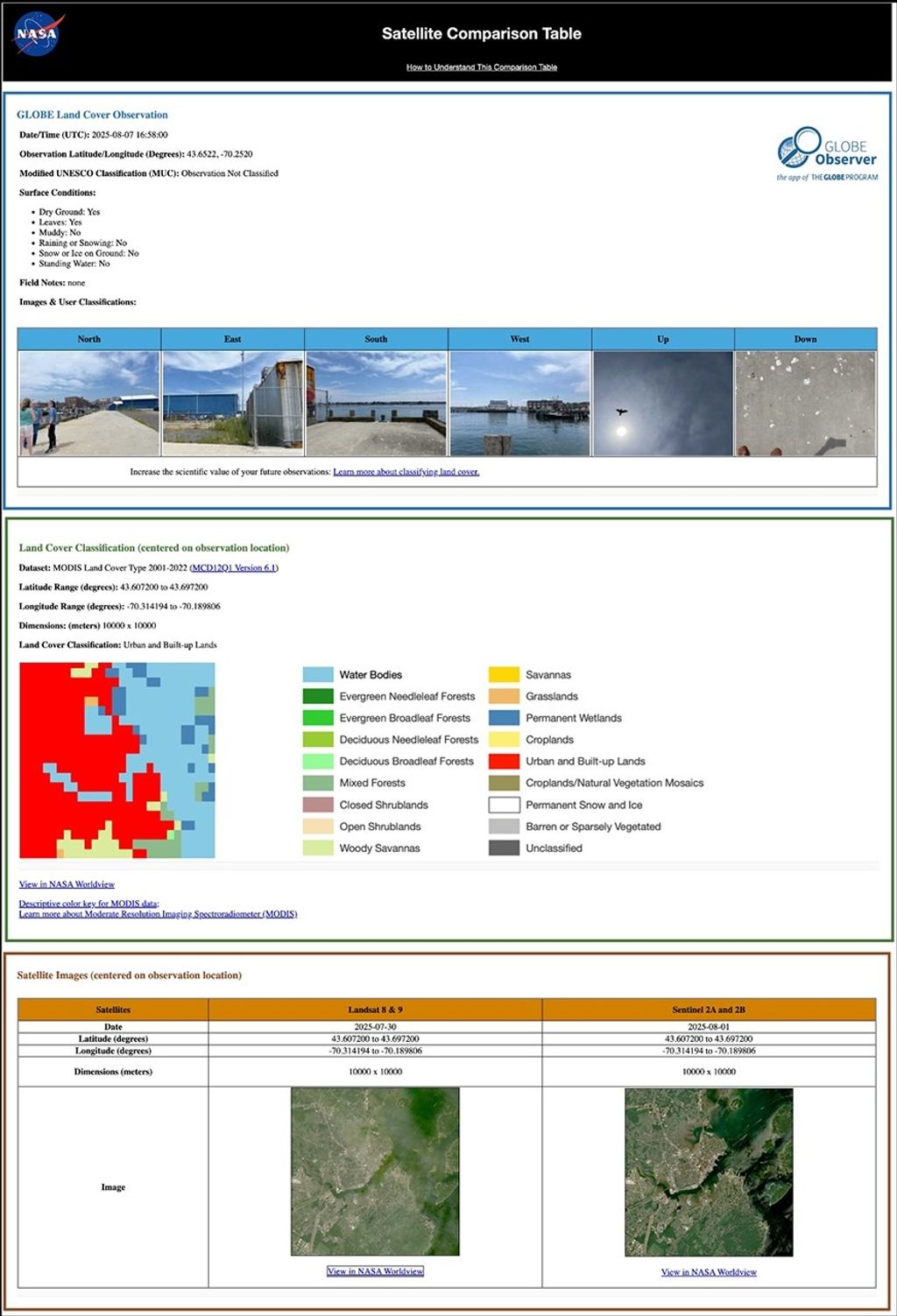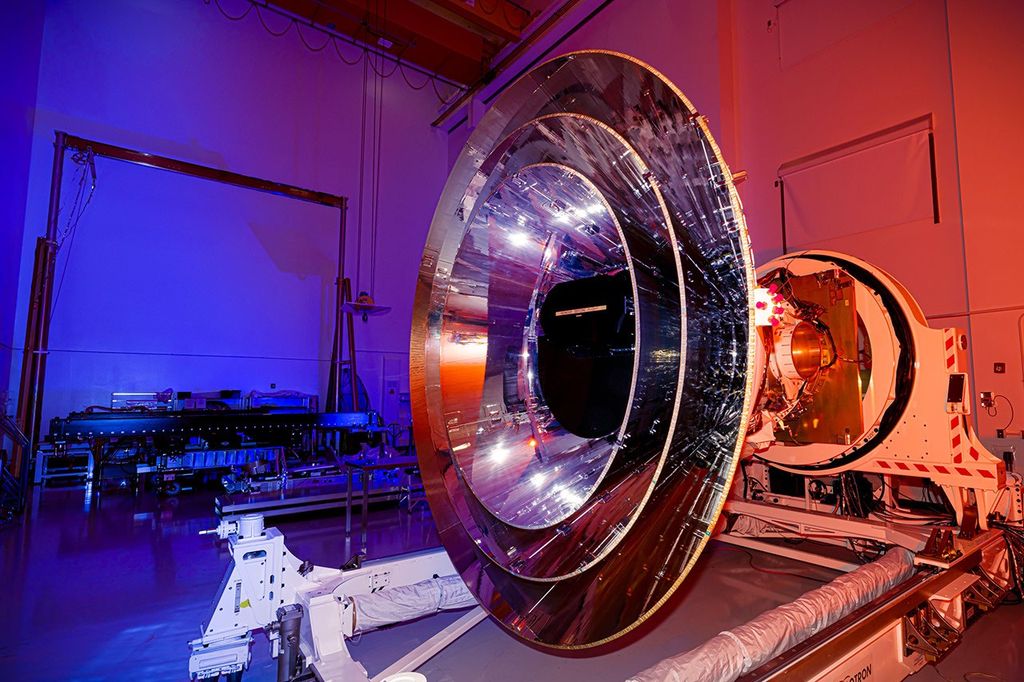NASA’s Carruthers Observatory Receives Signal
NASA’s Carruthers Geocorona Observatory is communicating with mission operators at the Mission Operations Center at the University of California Berkeley following a successful acquisition of signal at 9:33 EDT.
This follows a successful signal acquisition of NASA’s IMAP (Interstellar Mapping and Acceleration Probe) today.
The observatory will begin studying the Earth’s exosphere in March 2026. Carruthers will send data back to Earth two times a week through the Deep Space Network. Carruther’s orbit around Lagrange Point 1 (L1) will provide multiple angles of the exosphere to determine shape, size, and density. The information will allow scientists to create a 3D structure of the exosphere to study. L1 is a point in space where the gravitational pull of Earth and the Sun is equal and opposite, which means the Carruthers Geocorona Observatory will remain in a stable orbital position while it conducts its science mission.
The mission is planned for at least two years, but the spacecraft carries enough fuel to operate for 10 years or longer. This mission is set to make history as the first NASA small satellite (SmallSat) to operate at L1 and the first to provide continuous exospheric observations from this unique vantage point.
The mission was named in honor of Dr. George Carruthers, a pioneer in ultraviolet instrumentation and space science. Dr. Carruthers’ far-ultraviolet camera, placed on the Moon by Apollo 16 astronauts, captured the first view of Earth’s geocorona and still resides on the Moon today.
This concludes NASA’s blog coverage of today’s launch.
Continue to follow the missions on X, Facebook, and Instagram at these accounts:
X: @NASA, @NASAKennedy, @NASASolarSystem, @NOAASatellies
Facebook: NASA, NASA Kennedy, NASA Solar System, NOAA Satellites
Instagram: @NASA, @NASAKennedy, @NASASolarSystem, @NOAASatellites
For more information about these missions, visit:






